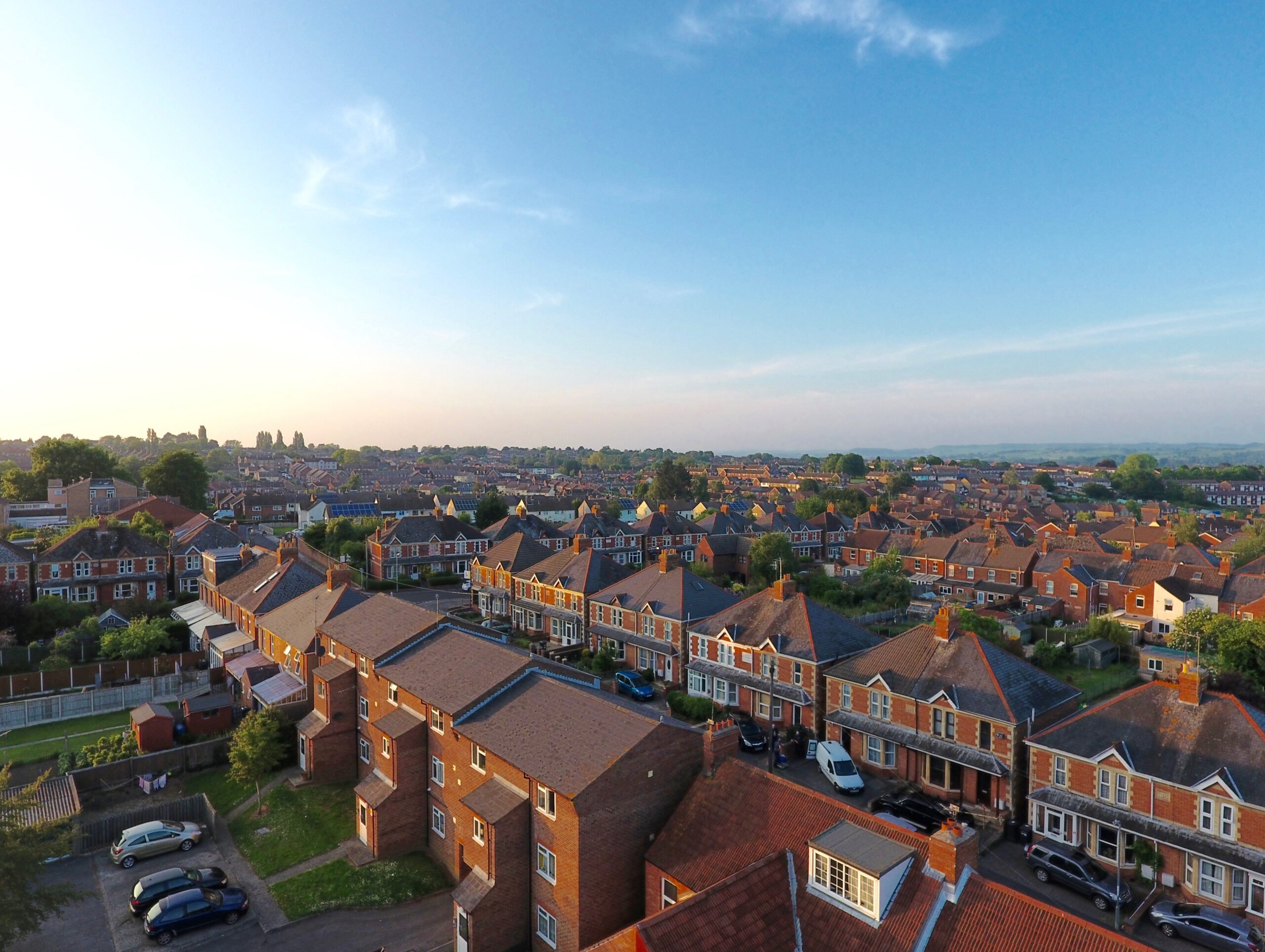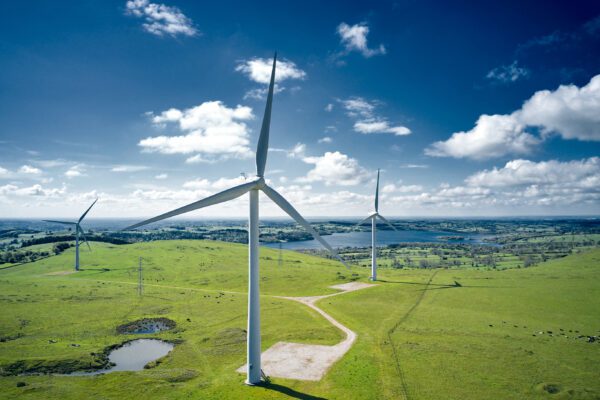
Reducing energy costs & carbon emissions for Housing Associations
We recently held our Reducing Energy Costs & Carbon Emissions for Housing Associations webinar in partnership with PfH.
We recently held our Reducing Energy Costs & Carbon Emissions for Housing Associations webinar in partnership with PfH.
We invited PfH members to join us as we discussed how housing associations can tackle rising energy costs and reduce carbon emissions to meet the UK’s 2050 net-zero goals.
Here’s a summary of the webinar, which you can watch in full, on demand here.
The four C’s
The session kicked off by asking, ‘What drives us?’ and introduced the 4 C’s, which were the focus of this session and provided the highlights of the key drivers:
- Cost
- Consumption
- Carbon
- Compliance
Costs – Buying it cheaper
Energy has never been more expensive so optimising the energy procurement process couldn’t be more important. But how can organisations achieve lower cost energy procurement in this volatile energy market?
Download your copy of our Ultimate Guide to Buying Energy in any Market.
The energy market
Electricity is traded in seasons with the Summer season beginning on the 1st of April and the Winter season beginning on the 1st of October. Over the past year or so, electricity prices have risen dramatically along with other price rises such as oil and petrol prices. The gas market has almost mimicked the increase we saw in the electricity market and this is due to the fact that we rely on gas to generate electricity in the UK currently, meaning the correlation between the two is still high.
The cost of electricity is many times over more expensive than it was this time a year ago and can be attributed to several drivers:
- COVID recovery
- Surging carbon prices
- Reduced NORD Stream
- Tight LNG supply
- Russia & Ukraine
- US LNG Supply
- Norwegian strikes
- French nuclear reductions
- Japanese heatwave
To get the latest updates on the energy market, sign up to receive our Market Insights:
Backwardation
Future contracts are cheaper than nearer dated contracts, however, you can see in the graph below that the price for Winter ’26 at 95.36 is still significantly higher than we would expect – around £20-£30 higher. In the short term, we won’t be getting back to the prices we’ve seen previously and this is something housing associations will need to factor in to their energy buying strategy.
The longer out you buy currently, the lower the potential impact on your current rise is going to be. However, when buying energy it’s all about timing as markets are volatile and pricing can go up or down at any time and has previously increased significantly over the course of a year. Market timing is key to securing the right pricing as well as identifying the troughs.
Market cycles
Energy markets like any other market work in cycles that can vary in length, typically 3-5 years and each cycle has four phases.
- The mark up phase – it is best to buy as early as possible here and not wait to buy
- The duration phase – is the top of the market plateau where it is not ideal to buy or fix if possible
- The mark down phase – it’s better to wait or buy later
- Accumulation or trough – this is the ideal time to buy or fix
We always advise that to have the best outcome for buying energy in any market conditions is to be in the market as early as possible for as long as possible.
For those who have leaseholders, they may feel that they can’t contract for that length of period due to the requirements of the consultation process – the Section 20 of the landlord and tenant act. This shouldn’t be a barrier to securing cheaper energy and we have a very simple solution.
Section 20 Dispensation
Under the Section 20 of the Landlord and Tenant Act, housing associations who operated variable service charges must consult leaseholders if they wish to enter into contracts of more than 12 months (QLTA’s) if the contract contributes more than £250 for a works contract or more than £100 for a service contract. This consultation process requires the offer to be open for 56 days.
In energy markets it can be challenging to hold a price for more than 56 minutes let alone 56 days so this can be a barrier. However, there is an opportunity presented to buy over a longer period to get a better outcome for the tenant is something you can take advantage of. This can be achieved through applying for dispensation from the requirements. This doesn’t mean all consultation can be discarded however, there is still a process to follow but this gives the opportunity to buy three, four, five years forward.
Inspired Energy can support you with this process through our five stage approach to achieving section 20 dispensation. Get in touch with our experts to see how we can help today on 01772 689250 or email [email protected].
Procurement summary
- Fix vs Flex – Unless your internal governance states you have to buy fixed, then buy flexible as you can always fix in a flex contract take advantage of subsequent market movements
- Standalone vs Collective – Unless you need specific terms go collective aligned to your strategy
- Contract duration – Always look as far forward as you can, at least three years ahead
- Renewable energy – Consider non supplier REGOs, PPAs or self-generation
Consumption
You can’t manage what you can’t measure when it comes to energy. Any wasted energy you have is an opportunity to save on cost and consumption by eliminating wasted energy.
Benchmarking
When looking at opportunities to reduce consumption it’s best to start with the longer periods, i.e., the years and work down to the shorter periods, i.e., the days. Firstly, look at consumption from year to year, either in kWhs and or budget vs budget, but take into account the variables that may have skewed the data such as COVID-19.
Once you have identified opportunities from your annual consumption, begin looking into your monthly consumption, i.e., summer vs winter. Finding anomalies and correlations in your consumption can be helpful for future planning. Also look at your gas and electricity consumption – you may typically use more gas in the winter and perhaps more electricity in the summer.
From here work down to week vs week to gain insight into your weekly and even daily consumption patterns. Are you using more energy on a weekend vs a weekday? Or more during the evening or night rather than during the day?
Wasted energy
To find out how much energy is wasted, identify when you will need energy demand via your operating hours and compare this to your actual usage over that period.
In this example you can see the actual profile is much higher than what is ideal, so finding ways to reduce this to better meet the target temperature is key. All of this wasted energy can be reduced through engaging people or control of systems. Eliminating this wasted energy will reduce costs, consumption and emissions which results in a financial benefit.
Carbon
Carbon (tCO2e) is how we measure our impact on the environment. The amount of carbon emissions has increased exponentially across the globe since the 1900’s. Energy consumption has also risen significantly since around the 1950’s and is set to continue to rise as our energy demand does.
Our carbon dioxide emissions tell a similar story, steadily increasing since 1990 with a short reduction during the COVID-19 pandemic, however this is, again, set to continue to trend upwards. Global temperatures have also risen exponentially since around the 1940’s and these climate changes are leading to more frequent heatwaves and extreme weather events such as flooding and including the potential spread of infectious diseases to the UK.
GHG emissions
To determine where Greenhouse Gas (GHG) emissions come from, we measure them in scopes 1, 2, and 3.
- Scope 1 covers direct combustion fuels including gas, gas-oil and LPG, as well as direct transport emissions.
- Scope 2 covers indirect emissions including use of grid electricity
- Scope 3 covers other indirect emissions, such as transport activities using vehicles not owned or controlled by the organisation, i.e., the supply chain
Net-zero
The UK government announced that we would be net-zero by 2050 and some industries have set themselves even more ambitious targets to reaching either carbon neutral or net-zero. Once you have a better idea of your consumption you can create different pathways to net-zero depending on how aggressive you’d like to be. A lot of your progress towards net-zero will involve engagement across your organisation.
UN SDGs
The United Nations Sustainable Development Goals (SDGs) are a great way to generate engagement.
There are 17 SDGs that countries all over the world have committed to, prioritising progress for those who are furthest behind. Here, we are focusing on, how your business can contribute to the SDGs and why it’s important.
- No poverty
- Zero hunger
- Good health and wellbeing
- Quality education
- Gender equality
- Clean water and sanitation
- Affordable and clean energy
- Decent work and economic growth
- Industry, innovation and infrastructure
- Reduced inequalities
- Sustainable cities and communities
- Responsible consumption and production
- Climate action
- Life below water
- Life on land
- Peace, justice and strong institutions
Compliance
There are many mandatory and voluntary compliance scheme for businesses and organisations within the UK that support carbon reduction efforts. Here are just some details of the compliance schemes applicable to housing associations.
- Streamlined Energy and Carbon Reporting (SECR) scheme
- Sustainability Reporting Standard (SRS)
- DECs & EPCs
Speak to our experts about your organisations net-zero progress today on 01772 689250 or email [email protected].










